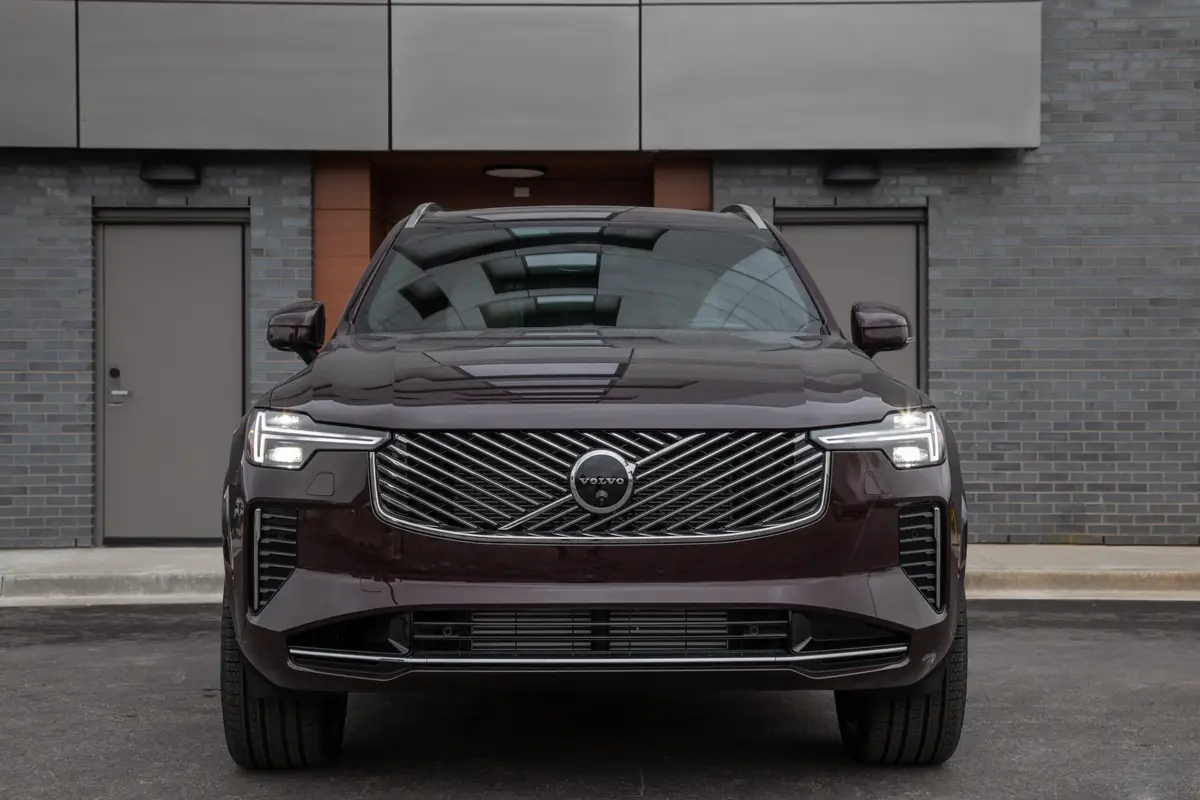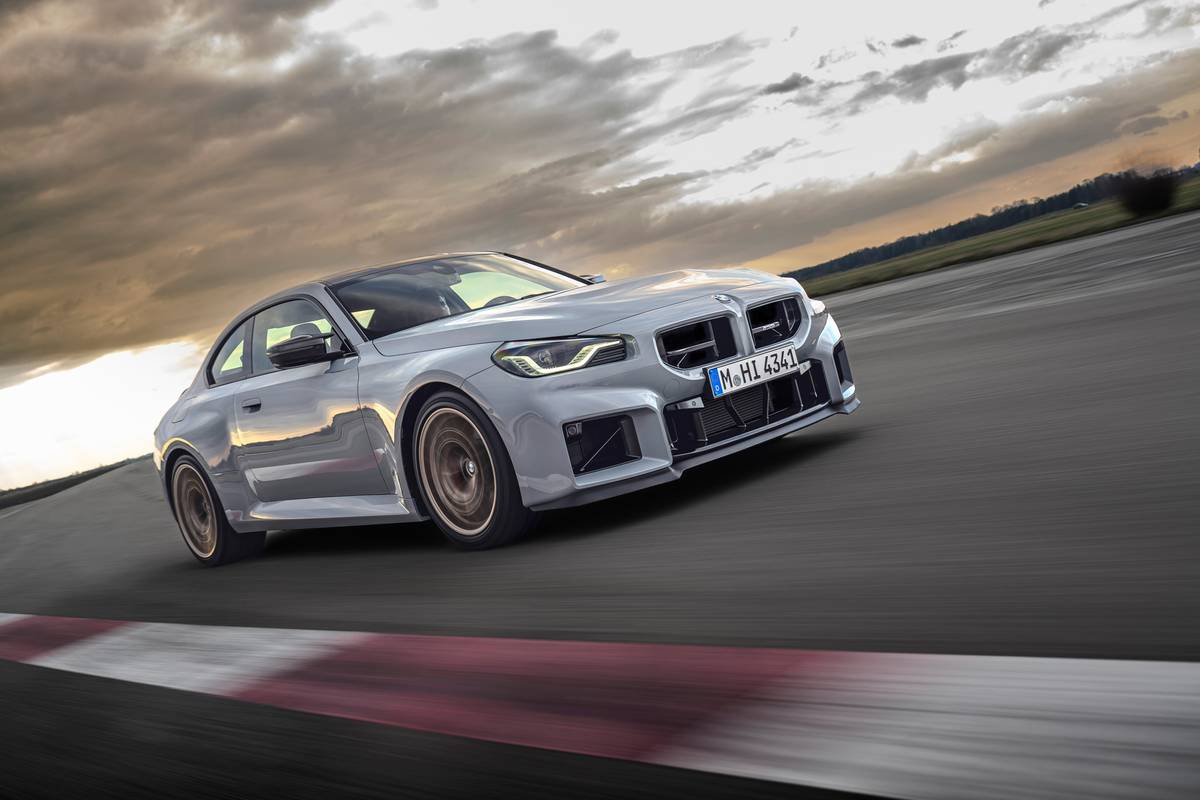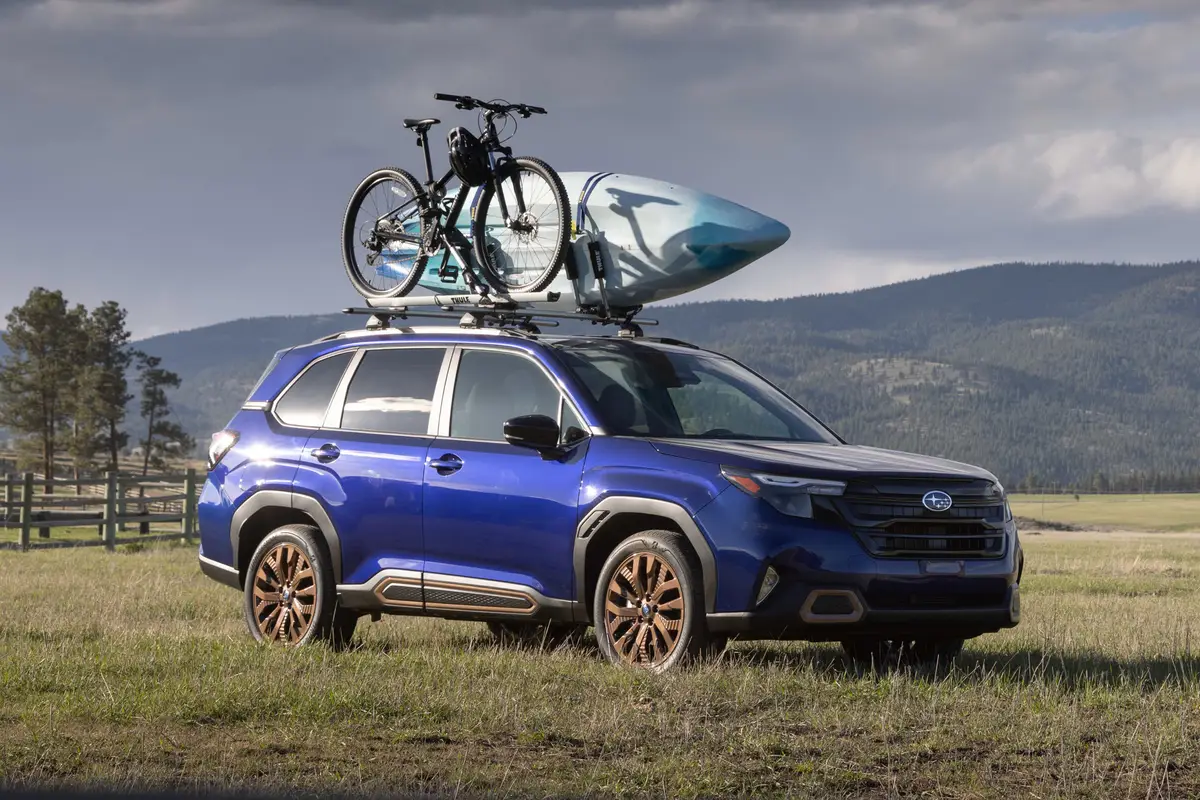The Morning Call and Mcall.com's view
Volkswagen isn’t a company known for rash decisions or rapid changes. But this year it really outdid itself. Not only did it completely change its bread-and-butter model (formerly the Rabbit, now the Golf), but also its step-up model, the Jetta.
Right about now there are readers asking: ”What’s a Jetta?” This really isn’t such a surprising question since it seems that Volkswagen is trying its hardest to keep the Jetta a secret. Although the original model was introduced in 1980, the Jetta is still not exactly a household word. But the Jetta is an appealing little car and perhaps the best buy today in a German auto.
And with its new styling this year, it even looks more like the higher priced Mercedes-Benz and BMW. But I don’t believe anyone would consider this a coincidence.
Now back to the question ”what’s a Jetta?” First, it is not just a Golf with a trunk attached to it. Although it shares many of the mechanical components of a Golf, it has enough individual touches to give it its own personality. It is more expensive than the Golf but not all that much.
The test car – a GL model supplied by Lehigh Valley Volkswagen, 1346 Lehigh St., Allentown – had a base price of $8,495, which included a nice level of trim and appointments and a number of standard features. Other charges included: dealer prep, $240; transportation, $320; metallic paint, $150; electronic AM/FM stereo with cassette, $575; air conditioning, $725; alloy wheels, $195, and power steering, $265. The final price came to $10,965. A tidy sum, but certainly not an outrageous one.
The new Jetta is a compact (last year’s model was a subcompact) with a wheelbase of 97.3 inches, length of 171.7 inches, width of 65.5 inches, height of 55.7 inches and curb weight of 2,335 pounds. Compared to last year’s, the new model is almost four inches longer overall, some two inches wider, 2.8 inches longer in wheelbase, has a 1.6 inch wider fronttrack and a 2.5 inches wider rear track, is more than 14 percent larger in interior volume, has an additional 3.5 inches of width in the rear seat, seats five instead of four, has a 25 percent larger trunk, a 16 percent lower coefficient of drag, a 40 percent larger 14.5-gallon fuel tank and 15 percent more horsepower.
As you can see, the new model is not just a face lift.
Although the old Jetta was aerodynamically slicker than a brick in styling, the new model is even more slippery. The lines are softer and rounder so the coefficient of drag has been reduced from 0.43 to 0.36. There is still a familiar look about the Jetta, particularly in the grille area, but then you can only do so much to a notchback sedan. The new styling has also cut down the interior noise level. VW claims the noise has been reduced 3-5 dbA (50 percent as heard by the human ear).
One of the most impressive features about the old Jetta was its big trunk. It was not only bigger t han any other subcompact but larger than some full- sized cars. Since the new trunk is 25 percent larger, it, too, is impressive. Keep in mind this is a real slam-the-decklid trunk, not a hatchback storage space. The trunk really does look larger than the 16.6 cubic foot figure Volkswagen gives. But, if that’s the way VW wants to list it, why should I argue?
The Jetta handles like, well, a German road car. And this is what Volkswagen claims it to be. Front and rear suspension components have been revised and there is a new rear axle. Front suspension features MacPherson struts while the rear has coil springs on the new independent torsion beam axle. This rear axle is similar to the one used on VW’s top-of-the-line Quantum (and, please don’t ask ”What’s a Quantum?”). A front stabilizer bar is standard. Although handling is crisp, the 13-inch wheels and 175/70SR tires do seem a bit skimpy.
Driving the Jetta shouldn’t present any problem to anyone. The te t car did have the standard five-speed manual (an excellent box) but for those who don’t care to shift for themselves, there is an optional three-speed automatic. Instruments are easy to read and controls are conveniently laid out.
The interior is nicely done up and not quite as Spartan – or better yet, as Teutonic – as previous models. Seating is firm but comfortable, and there is room for five passengers if the front seats aren’t extended fully to the rear. If the front seats are fully extended, the back seat is best suited for children. Speaking of children, one of the standard features in the four-door model (it also comes as a two-door) is a child-proof lock system on the rear doors. I’m not quite sure anything is really child-proof, but this system looks pretty good.
The Jetta is powered by a 109 cubic inch (1.8 liter) four-cylinder engine rated at 85 horsepower at 5,250 rpm and 96 foot pounds torque at 3,000 rpm. This engine has an overhead cam and fuel injection and is exactly the same as the Golf engine. The new fuel injection system provides excellent throttle response. You hit the accelerator and it takes off – even when the engine is cold. Performance is above adequate for all Lehigh Valley driving conditions. Play the five-speed right and the Jetta will reach 60 miles an hour from a standstill in a little less than 11 seconds. Fuel mileage for the test car averaged 23 mpg for city driving and 30 mpg over local highways.
This is the standard engine. There are also two optional engines and both are diesels – one naturally aspirated and the other turbocharged. Both are slightly smaller versions of the gasoline engine and displace 97 cubic inches (1.6 liter). The non-turbo engine is rated at 52 horsepower at 4,800 rpm and 71 foot pounds of torque at 2,000 rpm. The turbo version generates 68 horses at 4,500 rpm and 98 foot pounds torque at 2,500 rpm. The diesel engines are, of course, rated at higher fuel mileage than the gasoline engine.
One last word. The Jetta (along with other Volkswagen models) now has a stronger warranty. The warranty has been extended to two years with no mileage limitation (it had been 12 months with limited mileage). Also, all Volkswagens are covered by a limited, three-year anti-corrosion perforation warranty, also with no mileage limit.
Latest news



